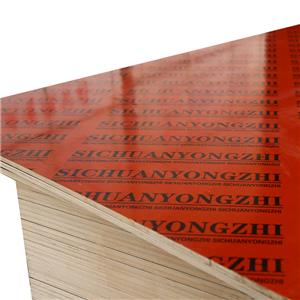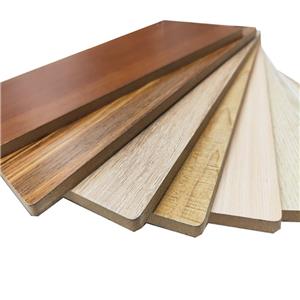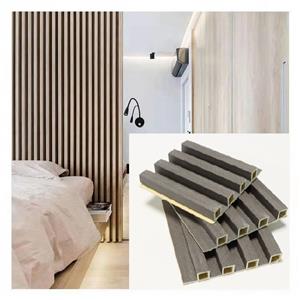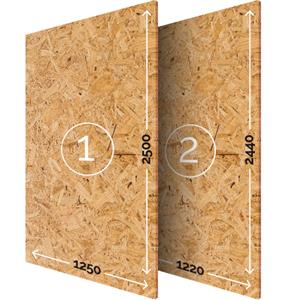Introduction to Chipboard
Chipboard is typically made from wood particles, such as sawdust, wood shavings, and small wood chips. These particles are combined with a synthetic resin or adhesive, which serves as a binding agent. The mixture is then subjected to high temperature and pressure, leading to the formation of a cohesive and rigid board.
Types of Chipboard:
Standard Particleboard: This is the most common type of chipboard, suitable for a wide range of applications. It is often used in furniture manufacturing, construction, and interior design projects.
Moisture-Resistant Particleboard: Treated with water-resistant additives during the manufacturing process, this type of chipboard is ideal for applications in environments with higher humidity levels, such as kitchens and bathrooms.
Fire-Retardant Particleboard: Infused with fire-resistant chemicals, this chipboard variant is employed in situations where fire safety is a concern, such as in commercial buildings and public spaces.
Applications:
Furniture Manufacturing: Chipboard is a popular choice in the production of furniture, including shelves, cabinets, and ready-to-assemble pieces. Its affordability and versatility make it a preferred material in this industry.
Construction: Chipboard is used in construction for subflooring, roofing, and wall sheathing. Its structural integrity and cost-effectiveness contribute to its widespread use in various building projects.
Packaging Industry: The board's strength and rigidity make it an excellent material for packaging. Chipboard boxes and containers are widely used for shipping and storage purposes.
Interior Design: Chipboard serves as a substrate for laminate flooring, and it is also utilized in the creation of decorative panels, wall coverings, and other interior design elements.
Advantages:
Cost-Effective: Chipboard is an economical alternative to solid wood, making it a budget-friendly choice for various applications.
Versatility: Its adaptability and customizable features make chipboard suitable for a broad spectrum of uses in different industries.
Eco-Friendly: Chipboard often incorporates recycled wood particles, contributing to sustainable practices and reducing the demand for virgin wood.
Consistency: The manufacturing process ensures a uniform and consistent product, providing stability and predictability in its performance.
In conclusion, chipboard's versatility, cost-effectiveness, and eco-friendly attributes have positioned it as a crucial material in the construction, furniture, and design industries. Its adaptability to various treatments and finishes make it a valuable component in modern manufacturing and design processes.




